One Sunday, while leaving church, a father scolded his son. “Your eyes were open during prayer.” To which the son replied, “How did you know?”
When it comes to prayer, seems like everyone has their traditions. This site, sponsored by the United Methodists, describes multitudinous traditions and forms of prayer, from “nature prayers,” to “breath prayers,” to “movement prayers,” to “labyrinth prayers.” The various “positions” employed during said prayers are also described. Take this exercise:
Starting position: Stand facing front with hands at sides. Step forward on R. foot – at same time focus eyes upward – raise both arms, palms facing body – L. hand overlapping R. hand – pass hands close to mouth, lift arms high and than open them to denote “all the lands.â€
Half kneel, R. foot forward – lower arms – outstretch hands in position of giving –focus still upward. Be glad.
Not to be irreverent, but this sounds like line dancing. Or aerobics.
Wikipedia, one of my all-time favorite web resources, has an extensive catalogue of prayer traditions, Jewish prayers, Islamic prayers, Neo-pagan prayers, Hindu prayers, etc. The Urantians, who believe Christ was an extra-terrestrial, offer some unique interpretations of the Lord’s Prayer, such as these lines:
Our creative Parent, who is in the center of the universe,
Loyal would we be to your divine nature.
Give us this day the vivifying forces of light,
And let us not stray into the evil bypaths of our imagination.
Inspire us with the divine consciousness of
The presence and guidance of the seraphic hosts.
Deliver us from inertia, evil, and all sinful transgression.
Crown us with celestial diadems of fruitful service,
And we shall glorify the Father, the Son, and the Holy Influence.
Even so, throughout a universe without end.
Hmm. I think I have plumbed the “evil bypaths of [my] imagination” and been thwacked by a “celestial diadem” or two. And I definitely need deliverd from “intertia.”
But at this point, I’m feeling overwhelmed. Between the breathing prayers, the labyrinth prayers, and the line dancing, my head is spinning. So I’ll simplify.
There are two great mystical traditions that have emerged concerning prayer: kataphatic prayer and apophatic prayer. Stay with me, now. Kataphatic prayer is very visual; it employs symbols, rituals, icons, incense, robes, etc. Apophatic prayer is internal; it involves emptying the mind of images, ideas, and sensations and moving towards a simplicity of being. In a way, the two modes of praying are polar opposites. One employs stimuli for transcendence, the other eschews it. One seeks God by looking at the world, the other seeks God by blocking the world out.
Lengthy theological articles exist on the subject and examples of who prayed which way. Eugene Peterson distills these massive amounts of info into this simple definition: Kataphatic prayer is praying with the eyes open, apophatic prayer is praying with the eyes closed. Now this I can understand.
I grew up as an apophatic pray-er: eyes closed, hands folded, silent, attempting to ignore the noise and distraction and transcend the world in general. Most of us are apophatic pray-ers: we pray with our eyes shut. The minister says, “Let us pray,” and we reflexively close our eyes and bow our head. And this is cool. Nothin’ wrong with it. But lately, I’ve turned kataphatic. I think it started when I went to Yosemite Valley. Beholding those lush meadows and spectacular vistas, was as humbling and exultant as any worship experience I’d ever had. No cathedral, prayer session or choir could ever simulate the naked beauty of that terrain. And I didn’t even have to close my eyes.
King Solomon wrote:
It is the glory of God
to conceal a matter,
But the glory of Kings
is to search out a matter.Proverbs 25:2
Like a divine game of hide-n-seek, God conceals Himself in the world, in the mundane, in the everyday — and challenges us to find Him. This is “the glory of Kings,” to count to ten, open our eyes and start the search; to look for Him in our homes and workplaces, in our routines and interruptions; to explore the ordinary. He’s there, just hidden. Hidden in the old and infirm, the young and brash, the rejuved and wasted. Hidden in the everyday. Concealed by newsprint and neon lights. Awaiting discovery.
Whether it’s through breathing prayers, aerobic prayers or labyrinth prayers, we must seek “the vivifying forces of light.” This is our glory: to wake each morning and whisper, “Ready or not, here I come.” To open kataphatic eyes. To rise from our knees, and pray.

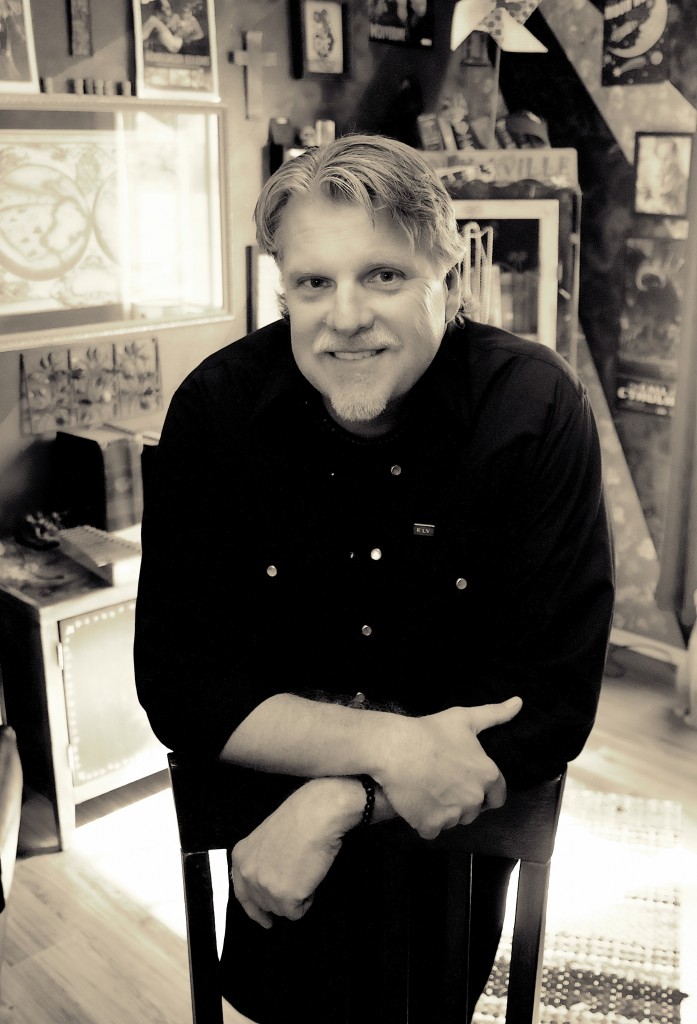

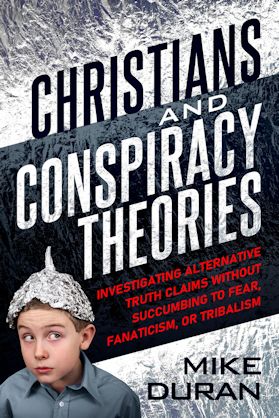
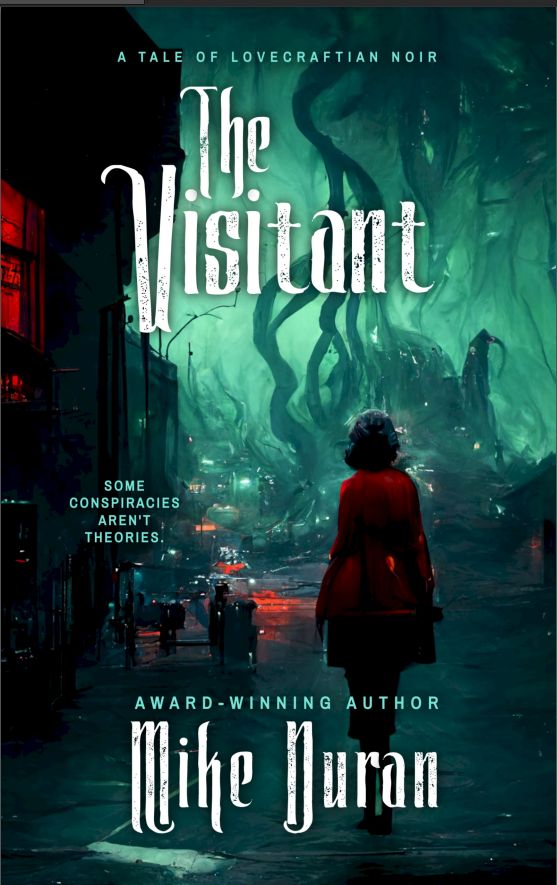

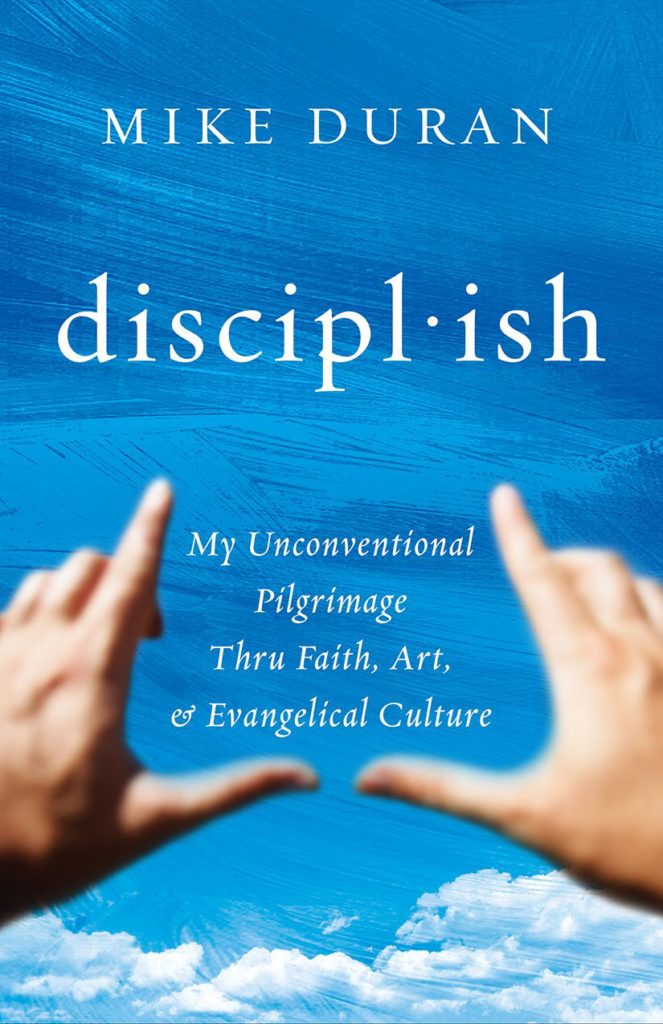
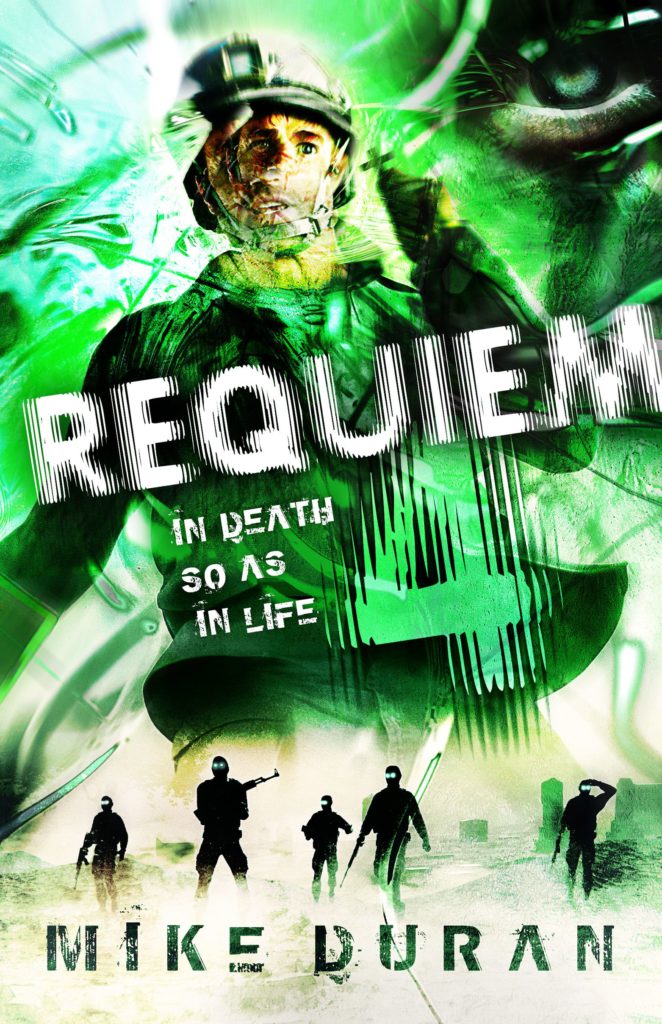


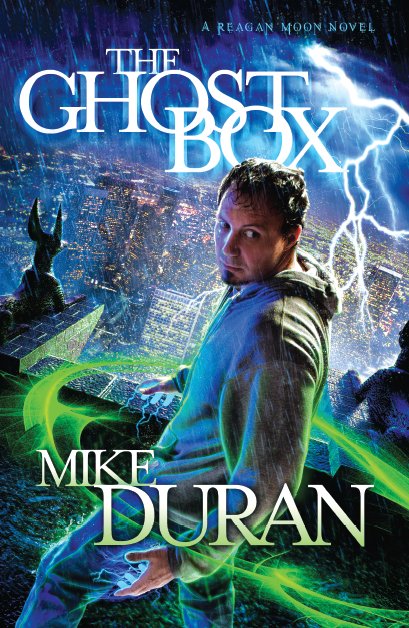

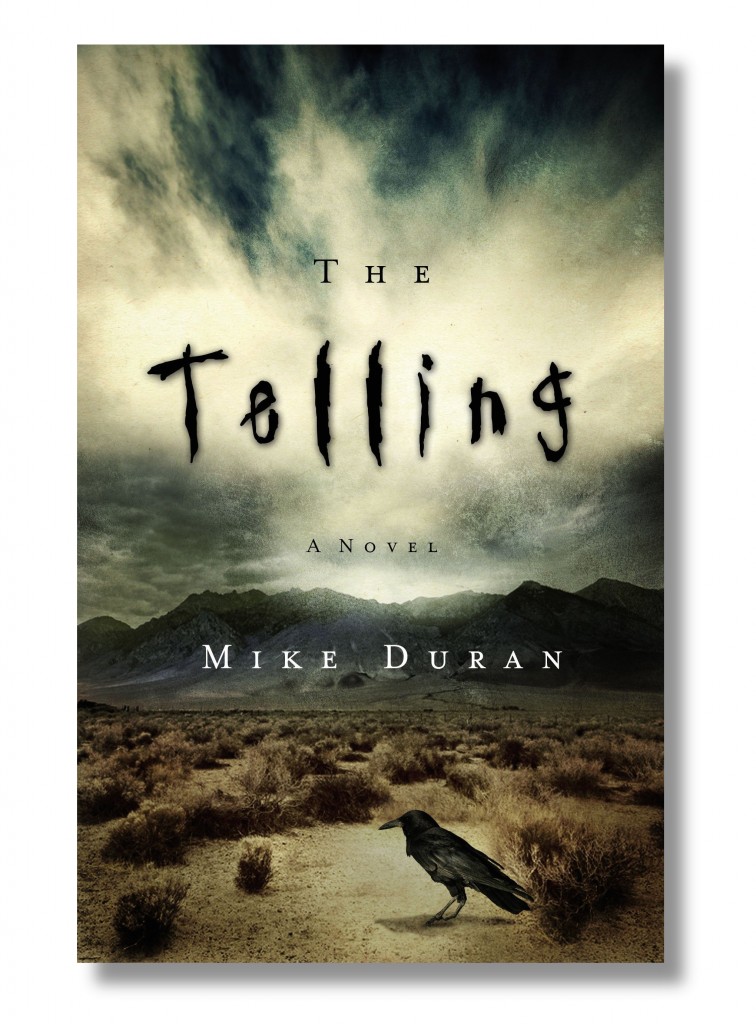
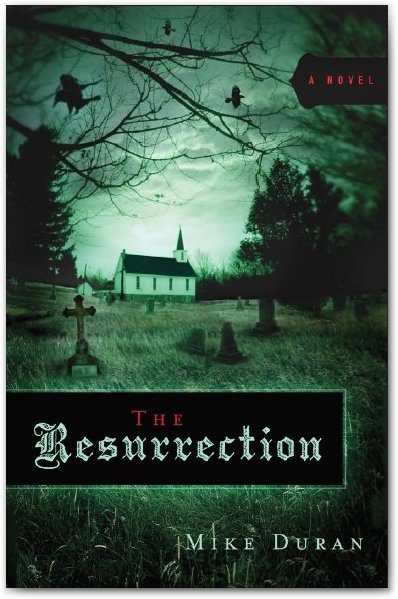
Great post, Mike. There are so many ways to pray, you’re right. What He does ask is that we not just recite something without meaning. We all fall into that category I suspect.
Worship songs are such a deep way of praying for me, along with visceral moanings from time to time. One lady used to do ballet through the church when the spirit hit her. Though it was distracting, it was lovely (not the dancing, that wasn’t) but to see someone in the throws of worship.
Praying with the nature of Yellowstone around you! Sweet
I had no idea there were different types of prayer. I guess when you’re “praying without ceasing” it could have all kinds of names. For instance: the “iwannamakethisshot” prayer found on the local golf course, the “getmeoutofthismess” prayer delivered up after finding out the girl you were talking to is the mob boss’s daughter and even the “pleaseapprovemycredit” as you sit in the new BMW.
I hope you’re smiling, Evan
Okay.
I have now officially put this blog in my internet favorites file.
I love it when people won’t color within the lines.
Preach it, bro.
Now I know I’ve arrived. I’m on Kelly Klepfer’s internet favorites! Really, that’s an honor. Bless you.
P.S. What lines?